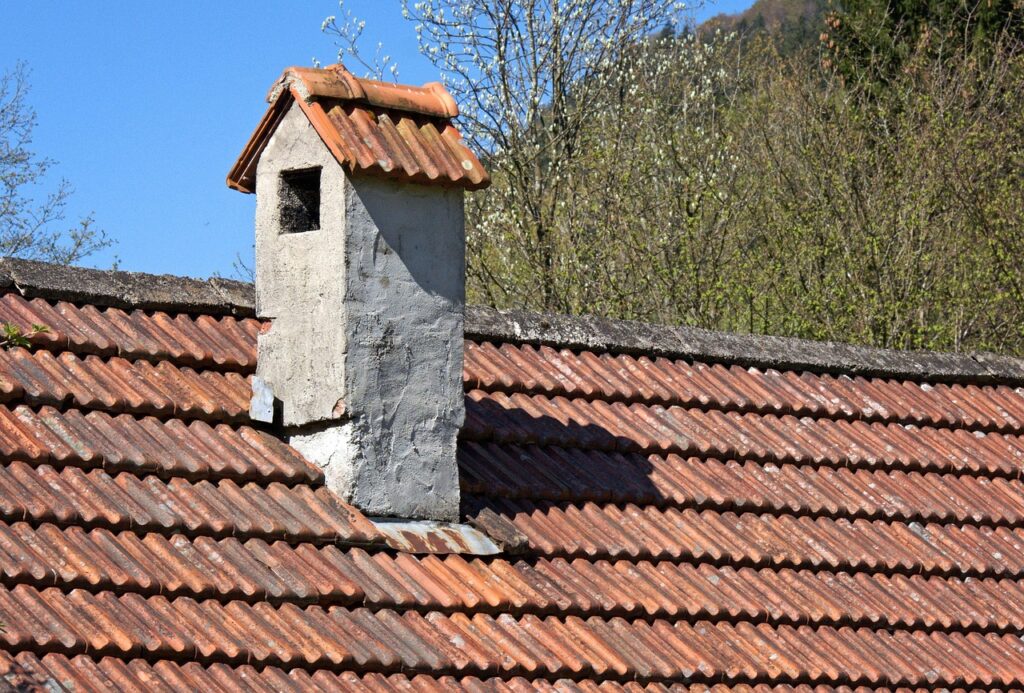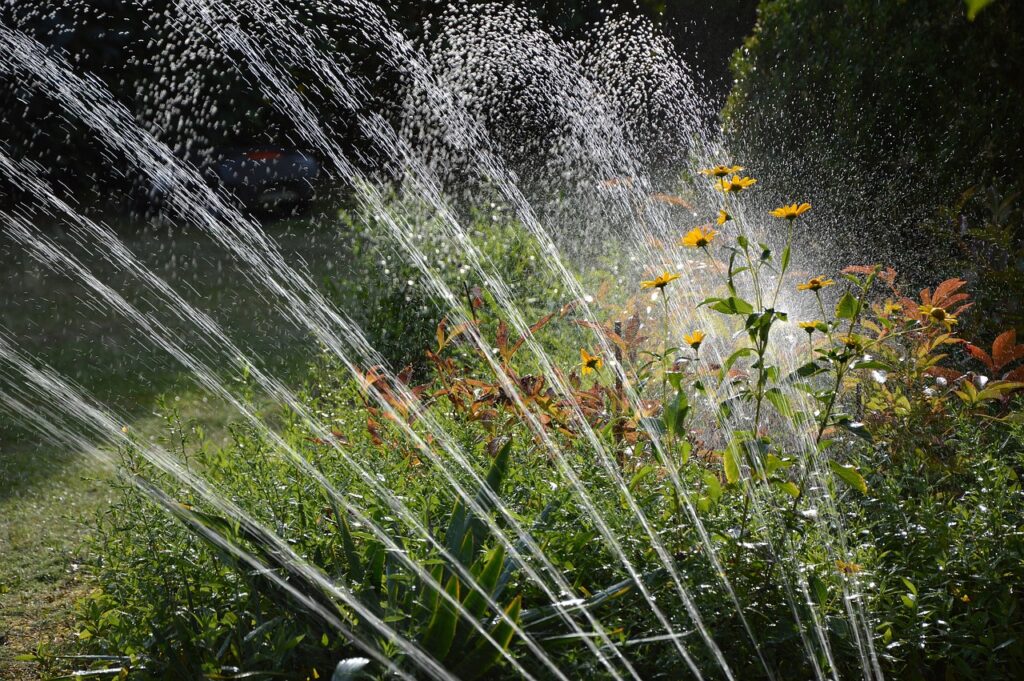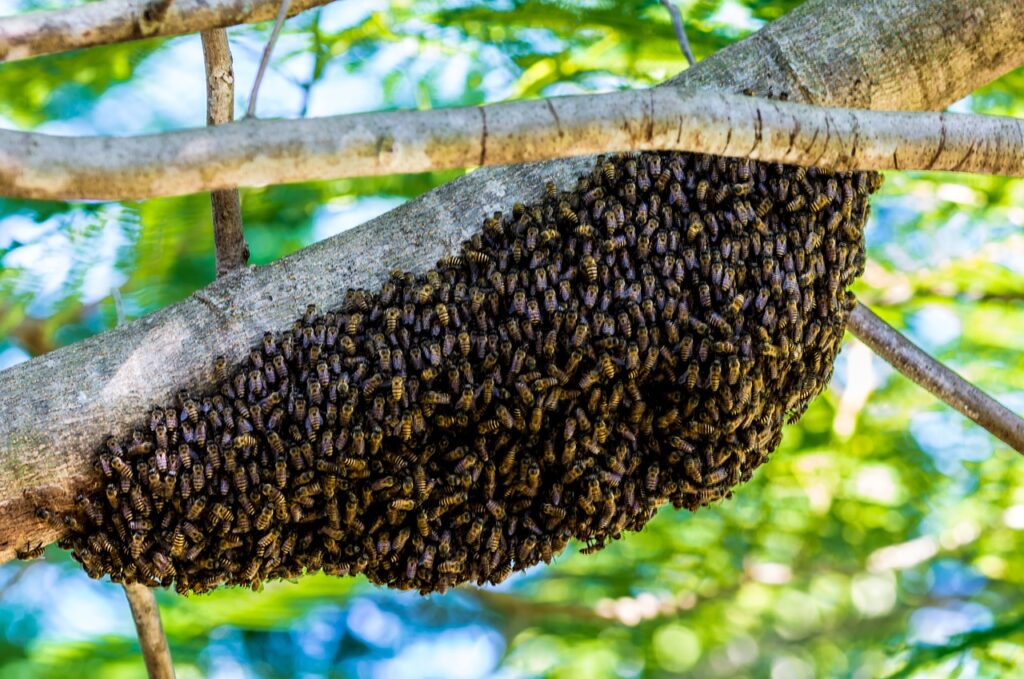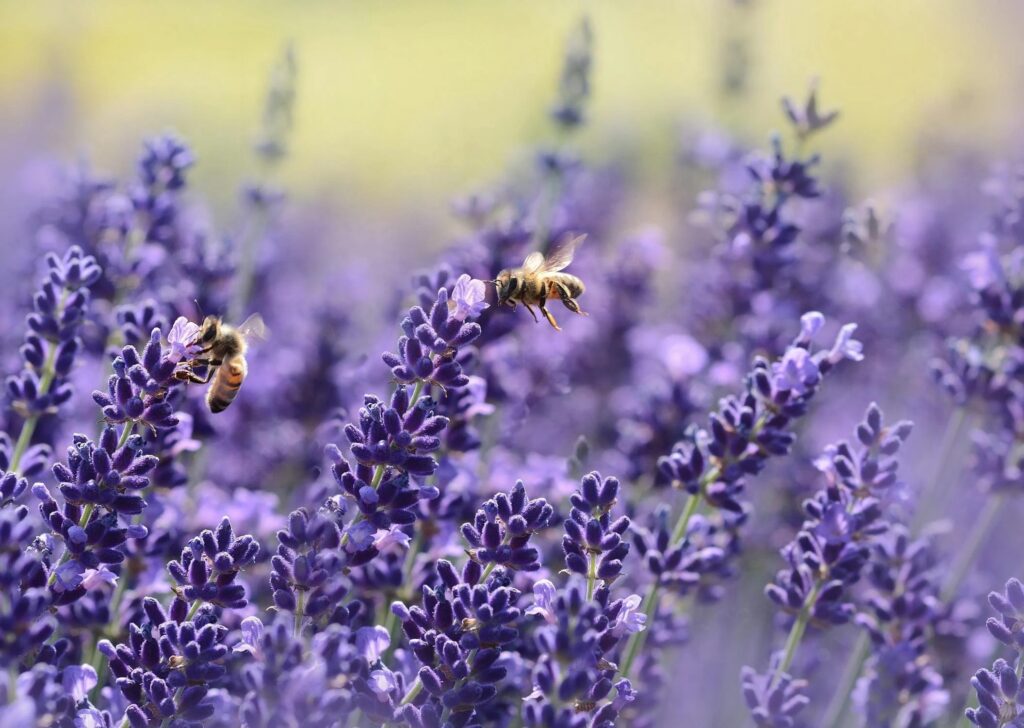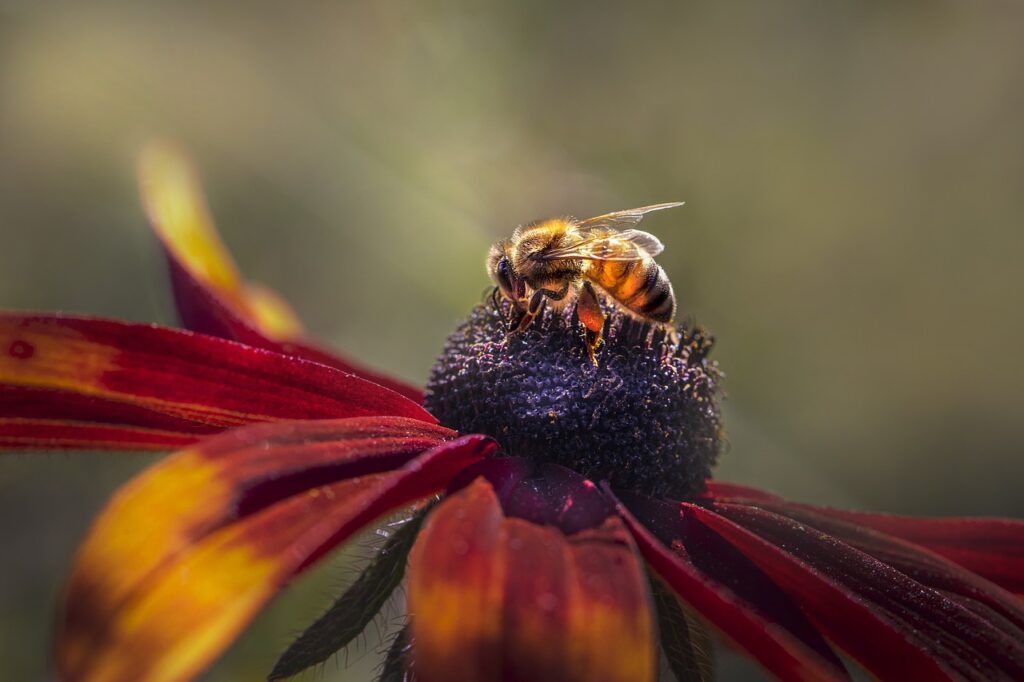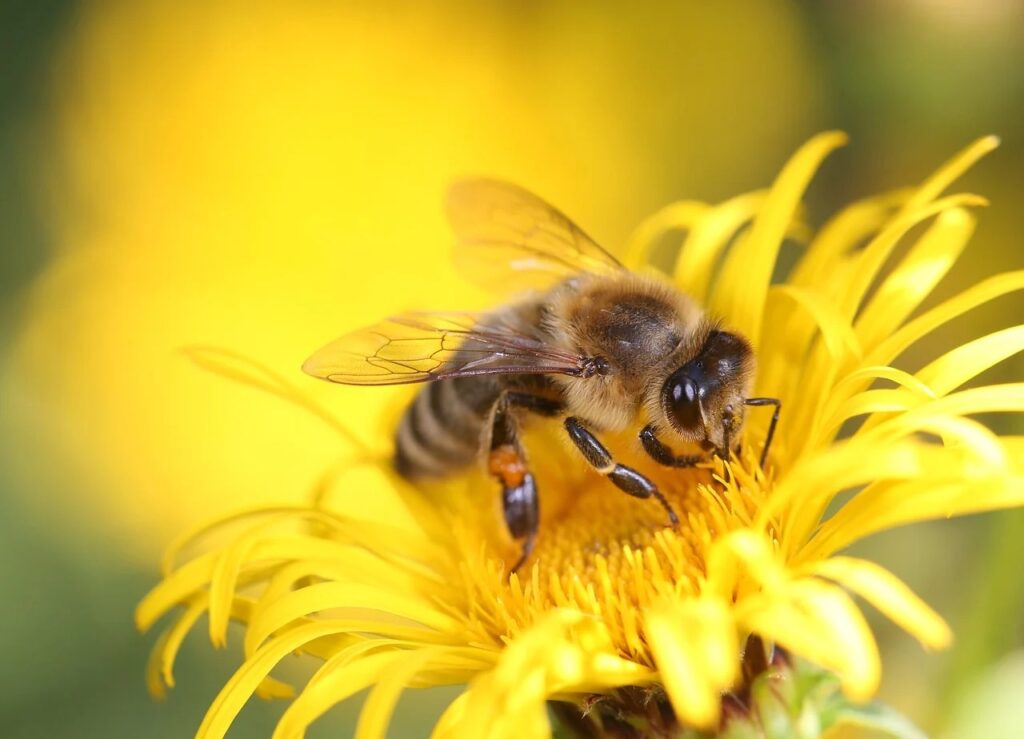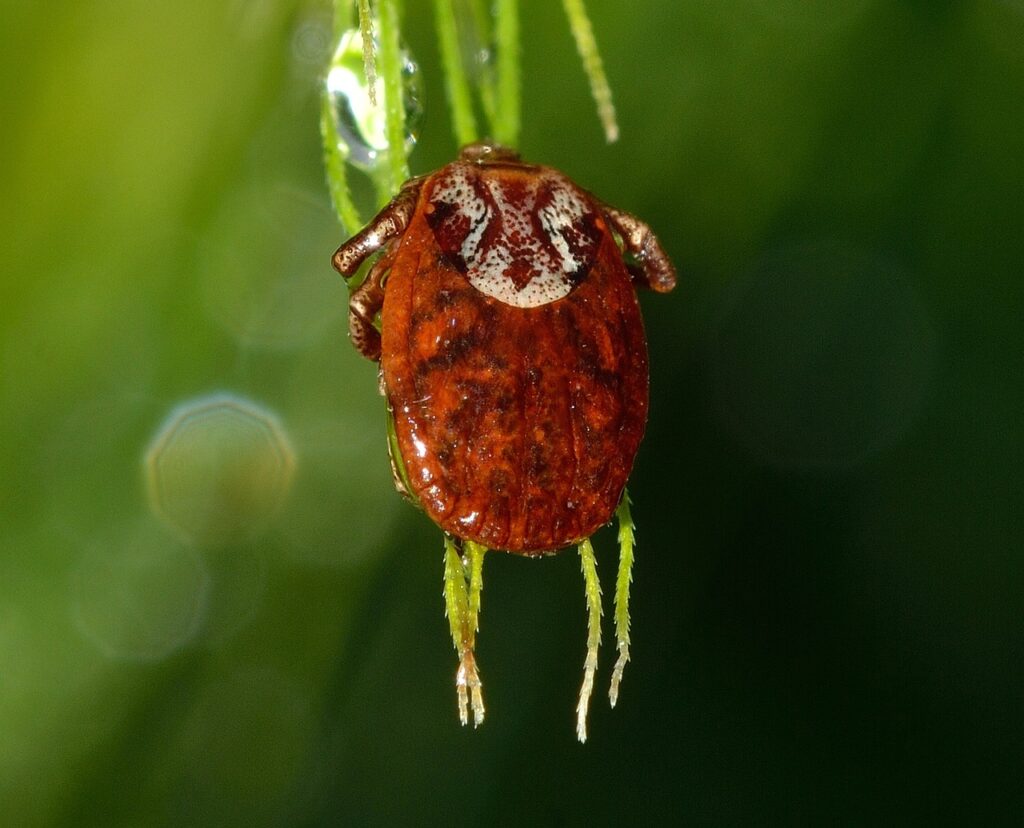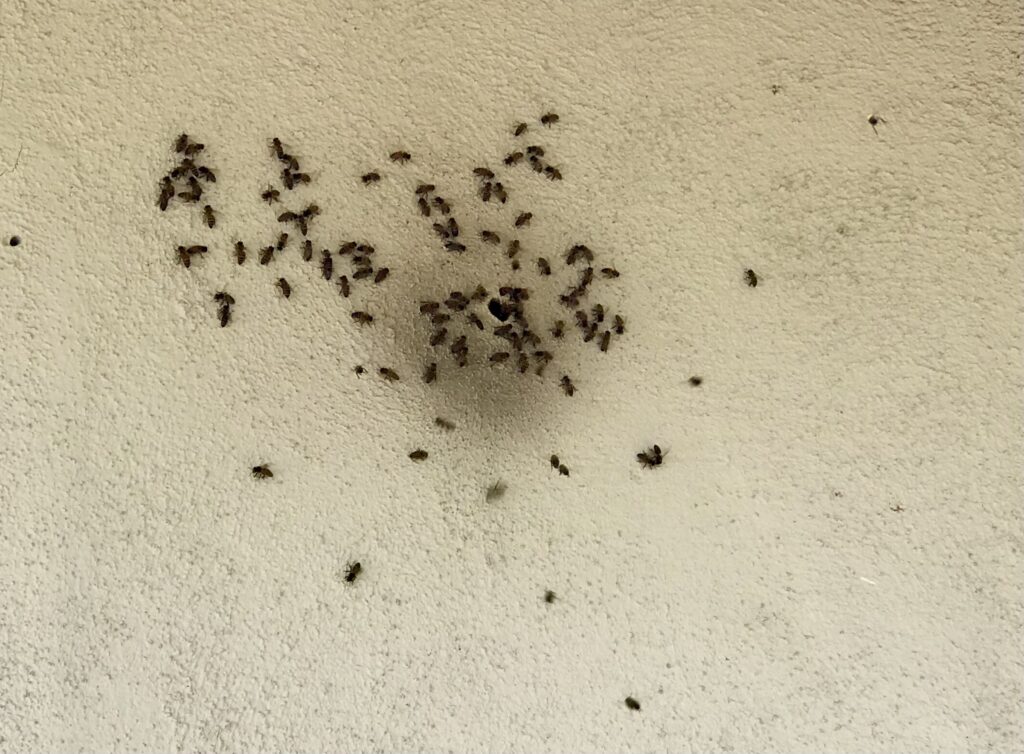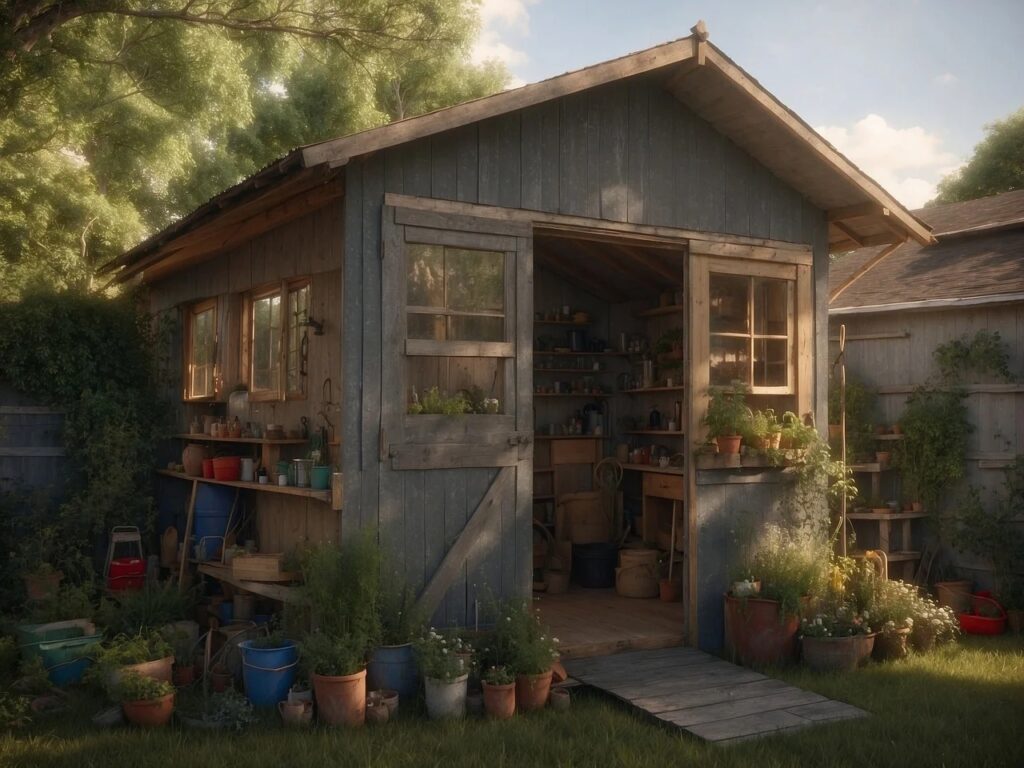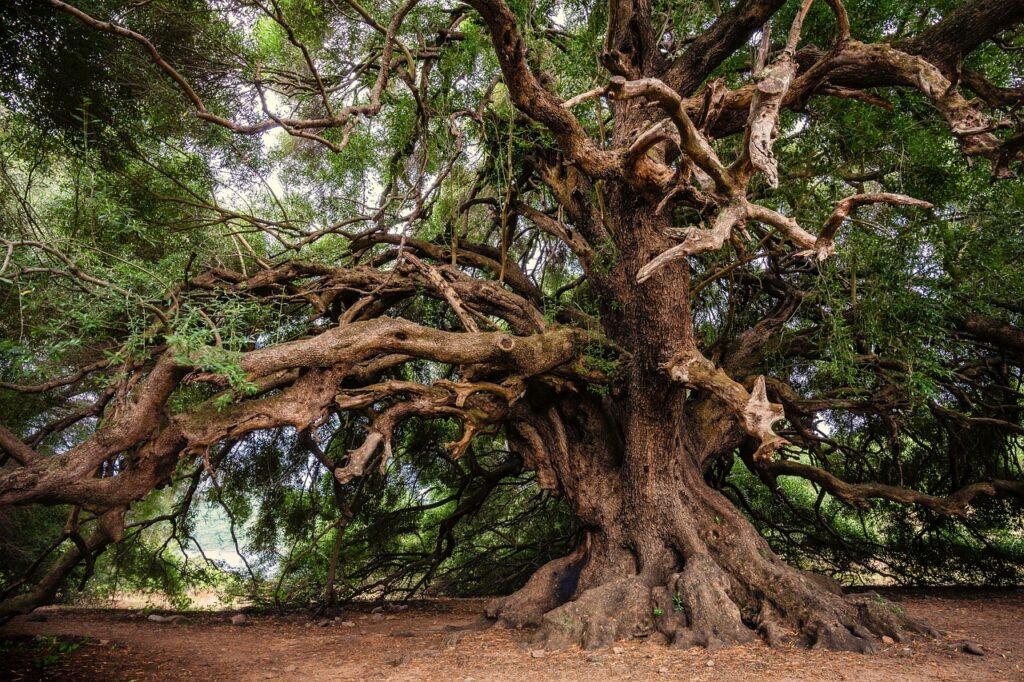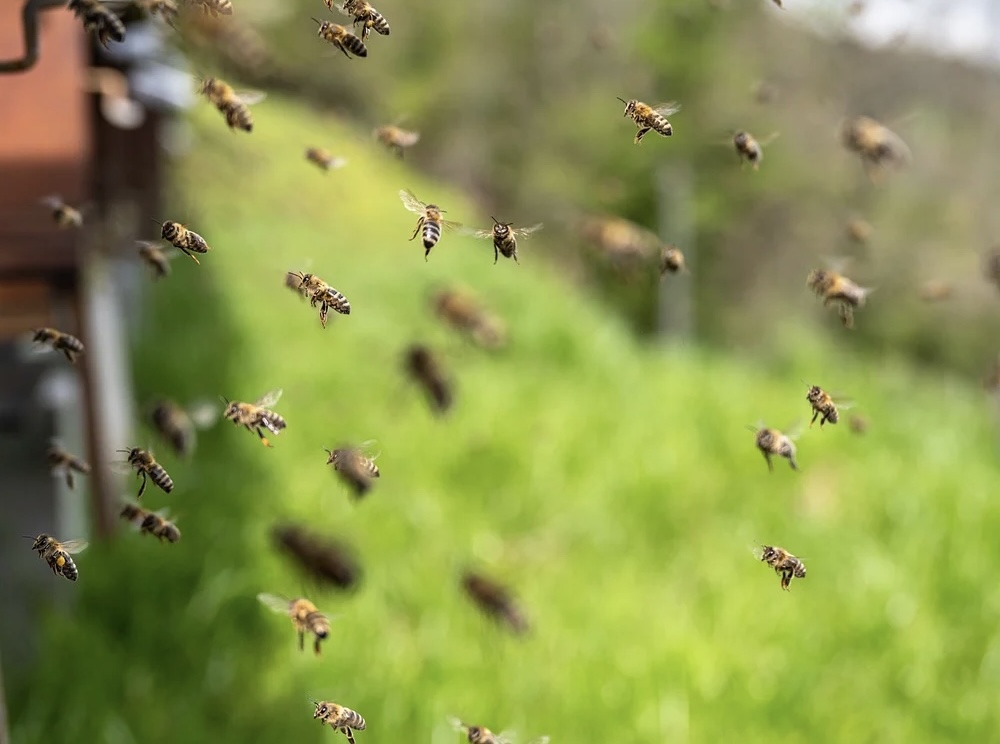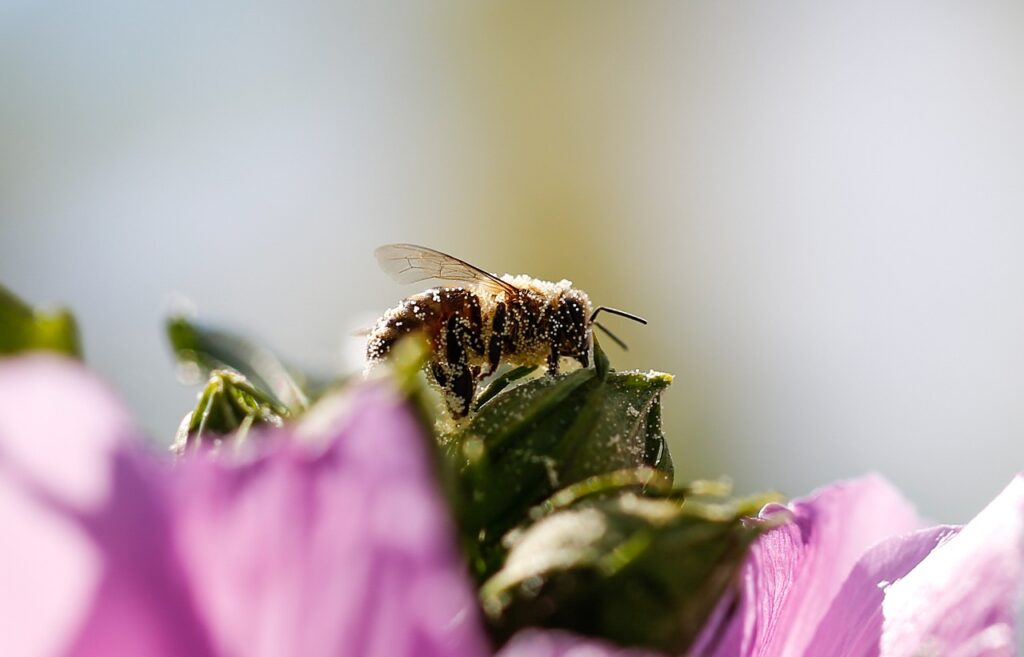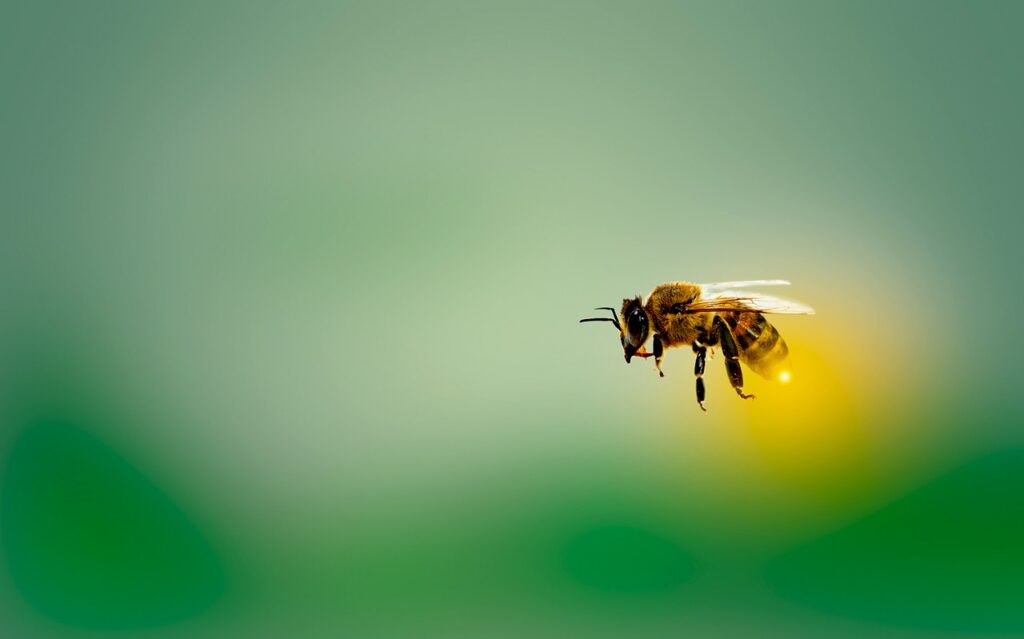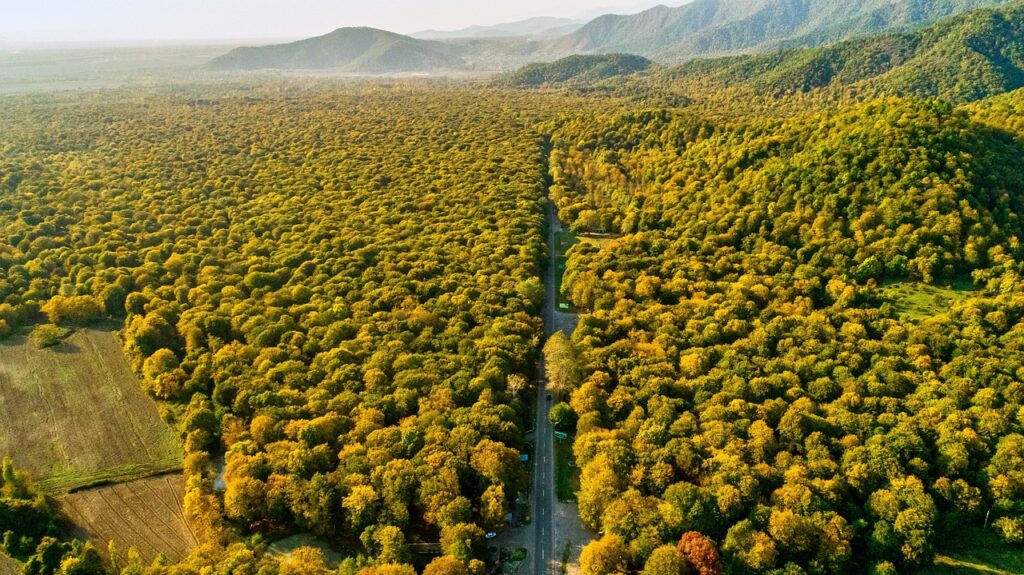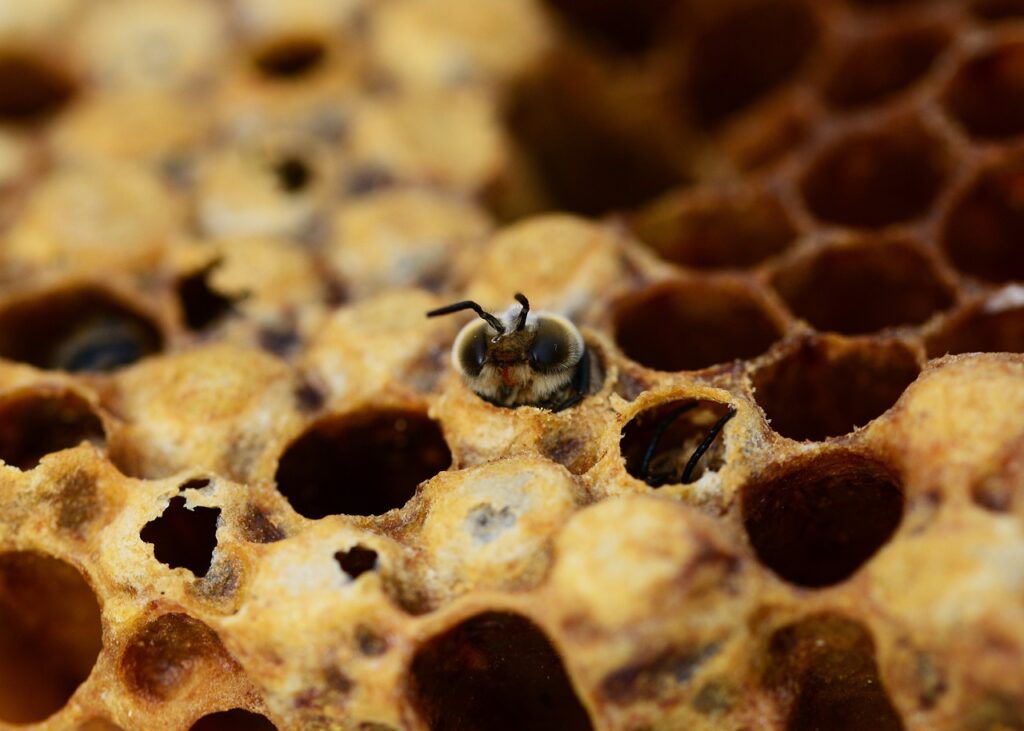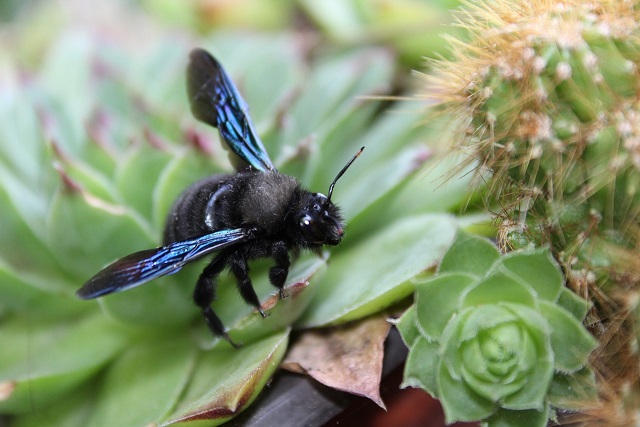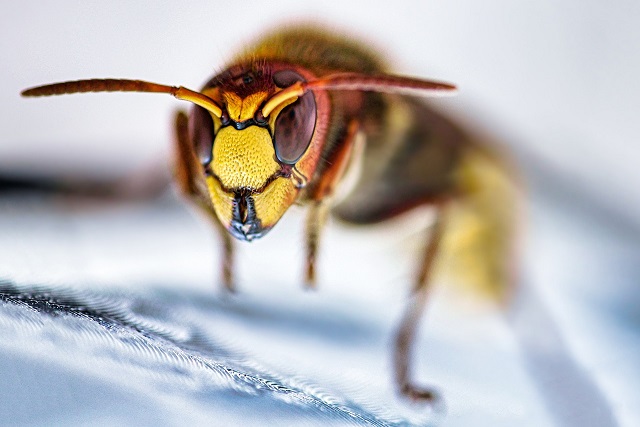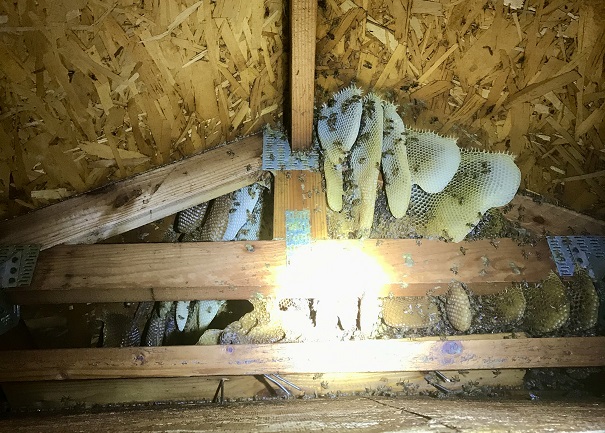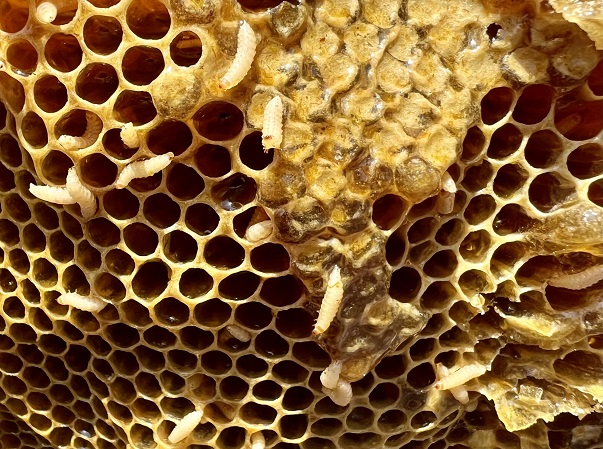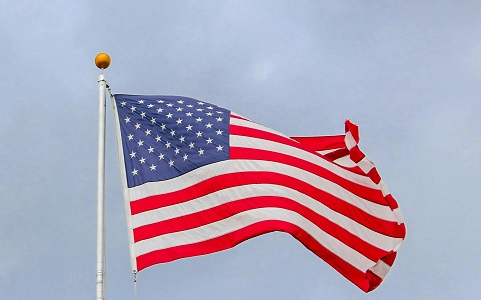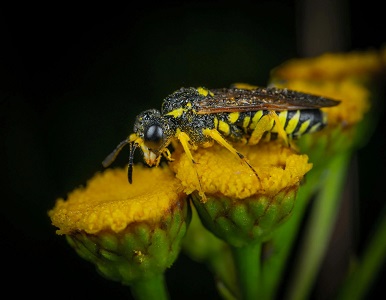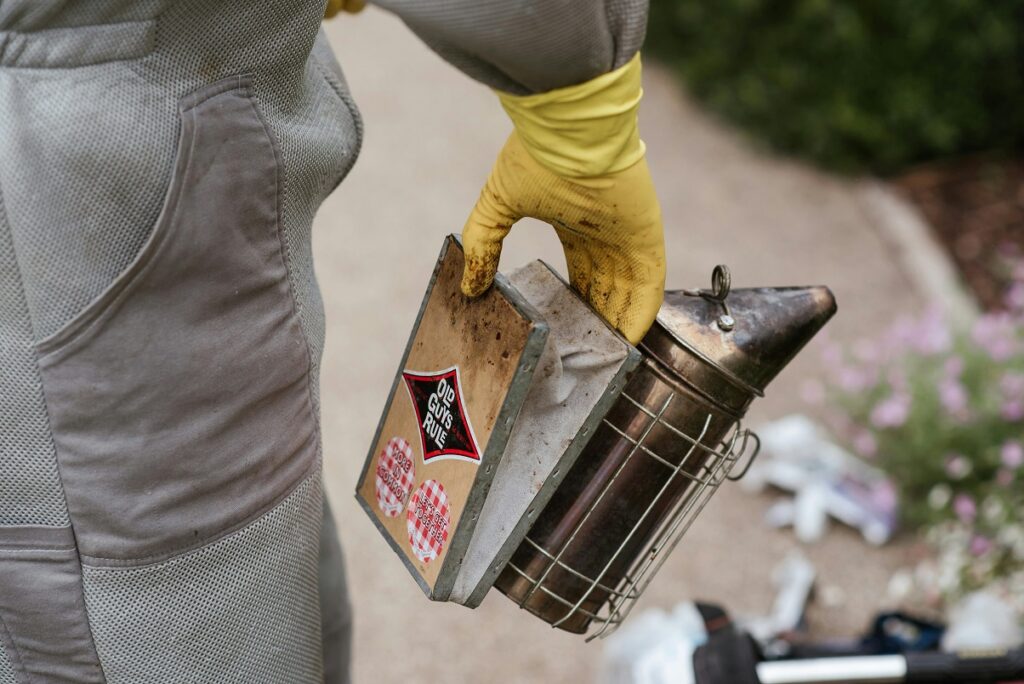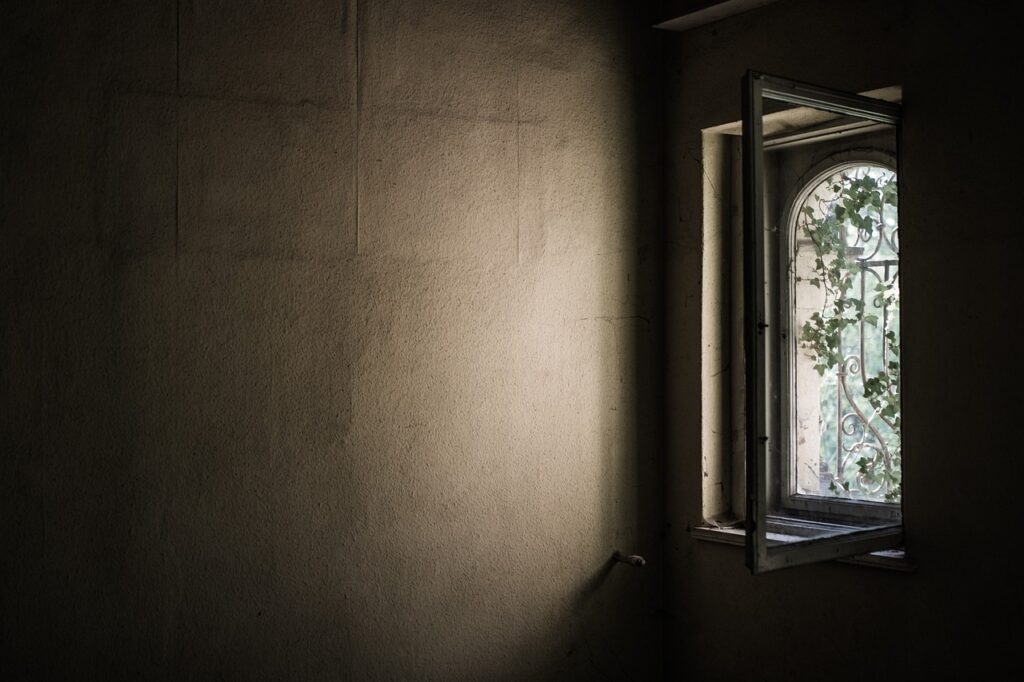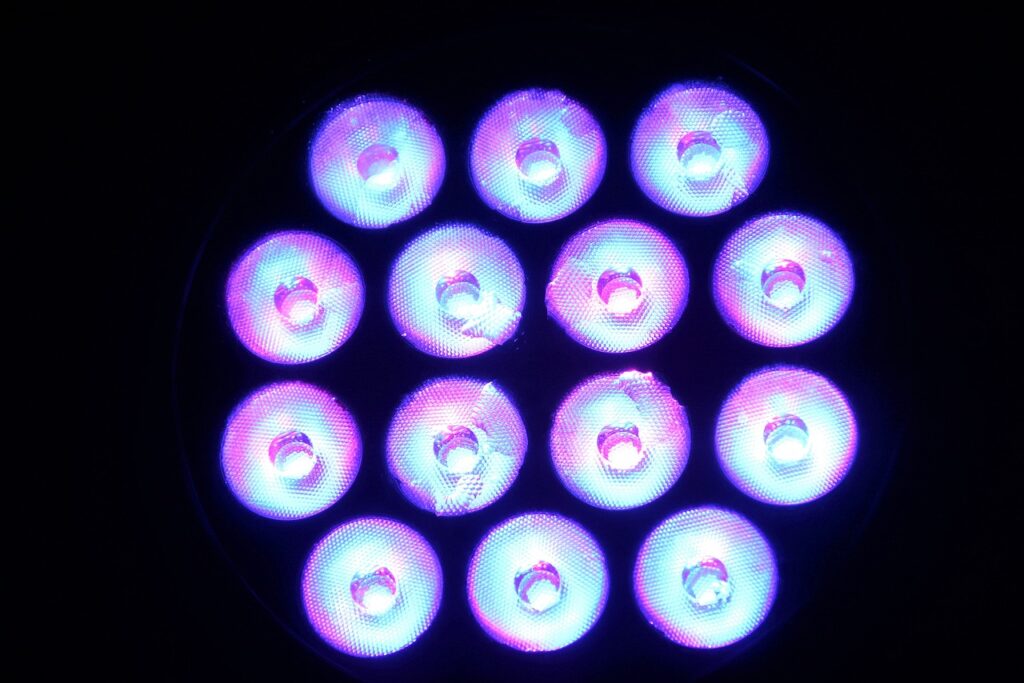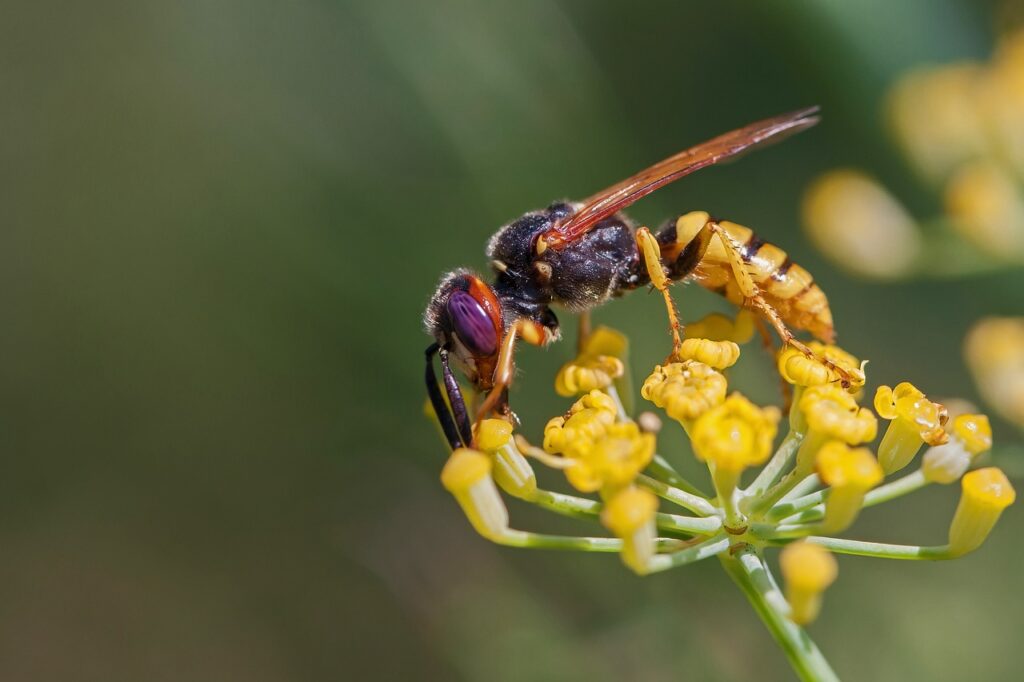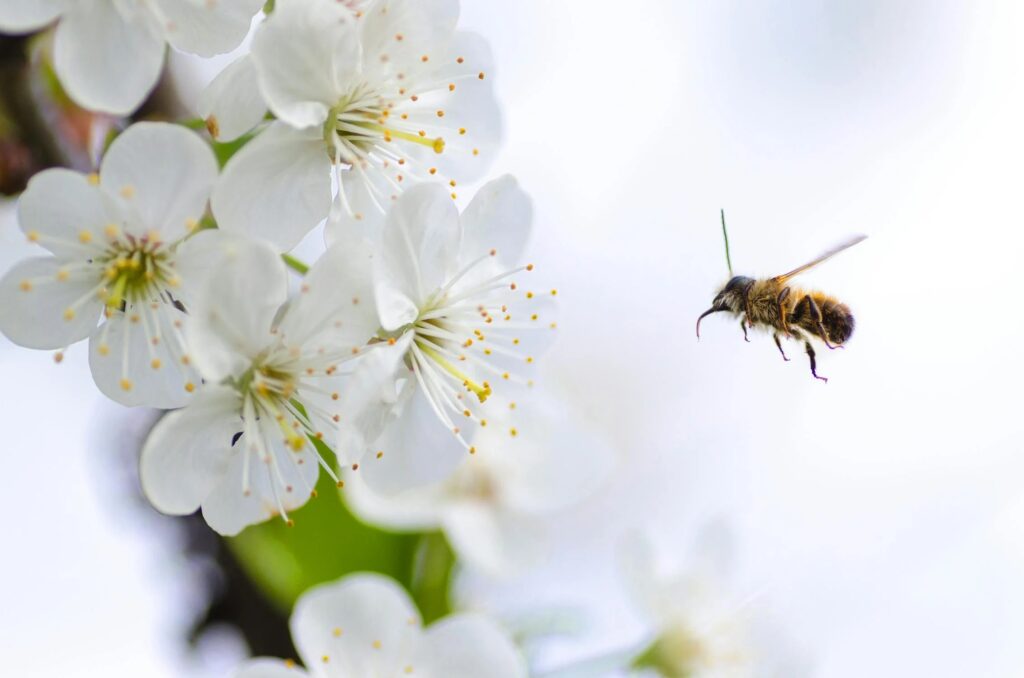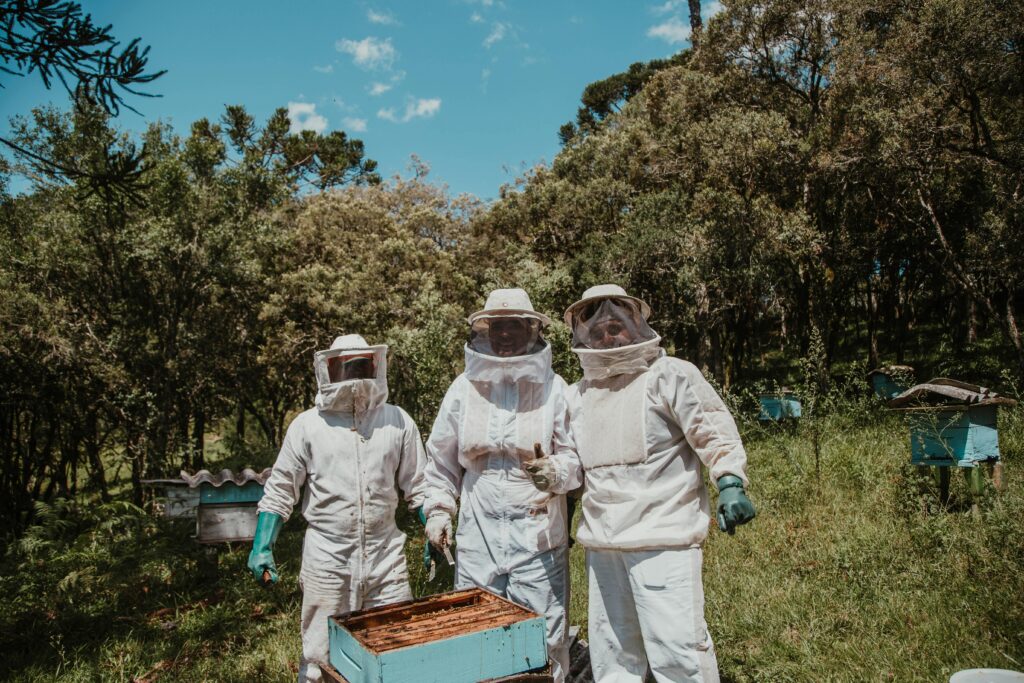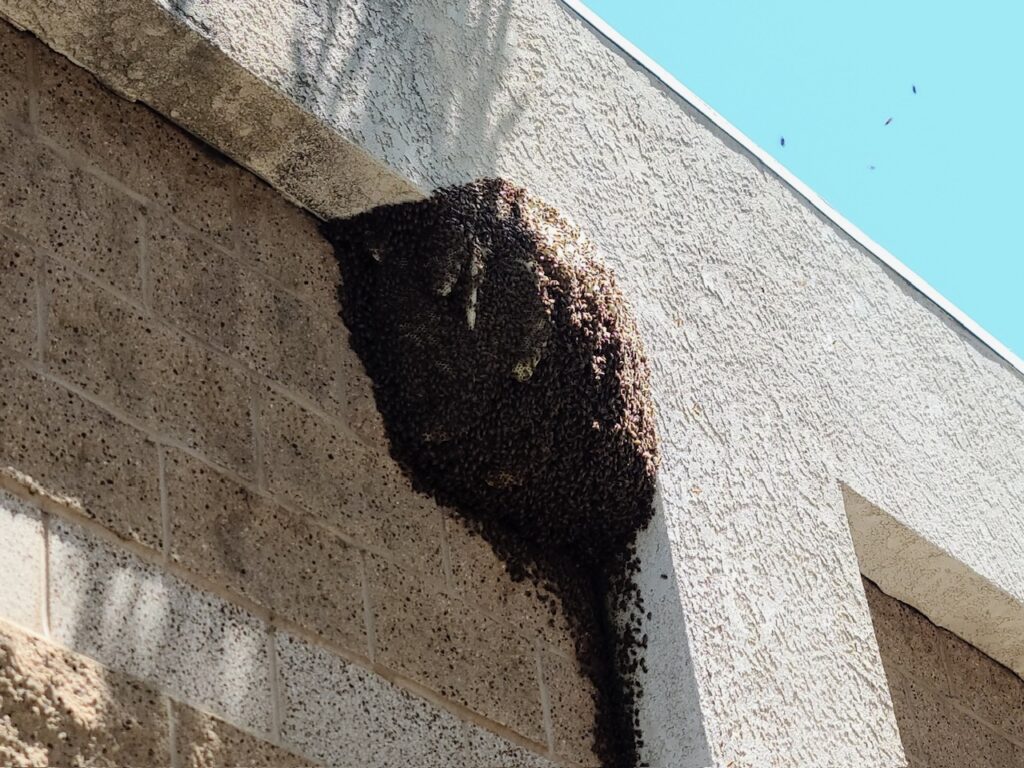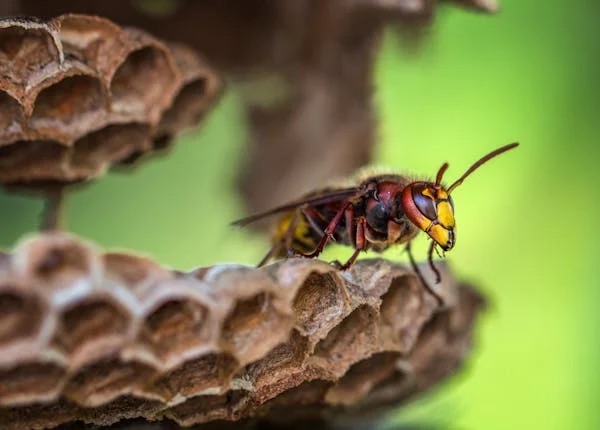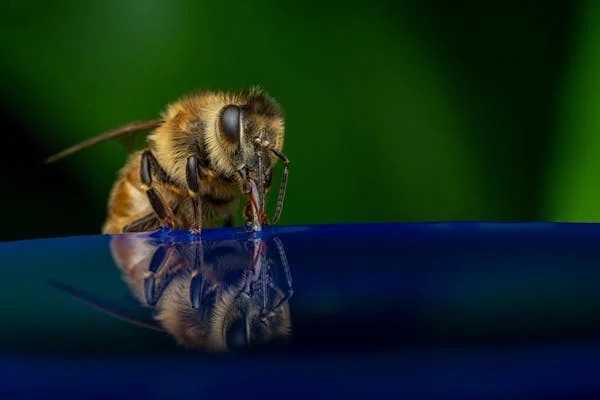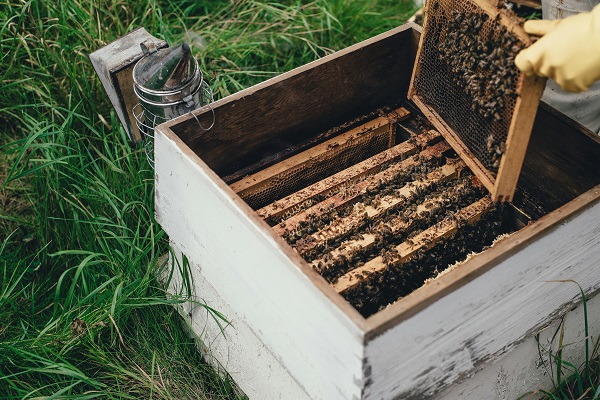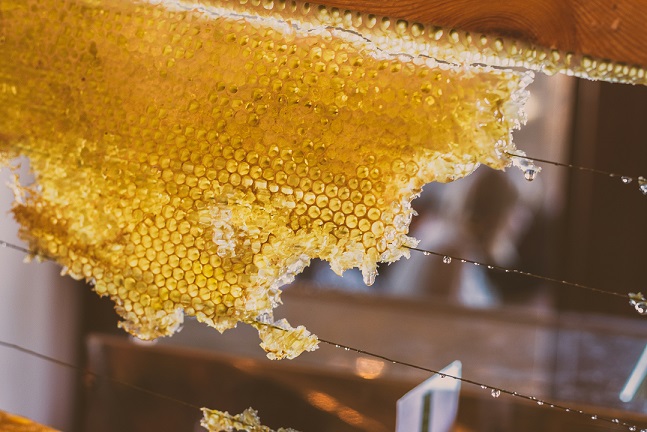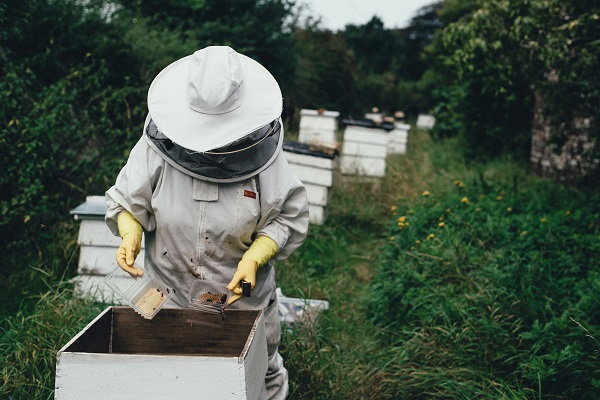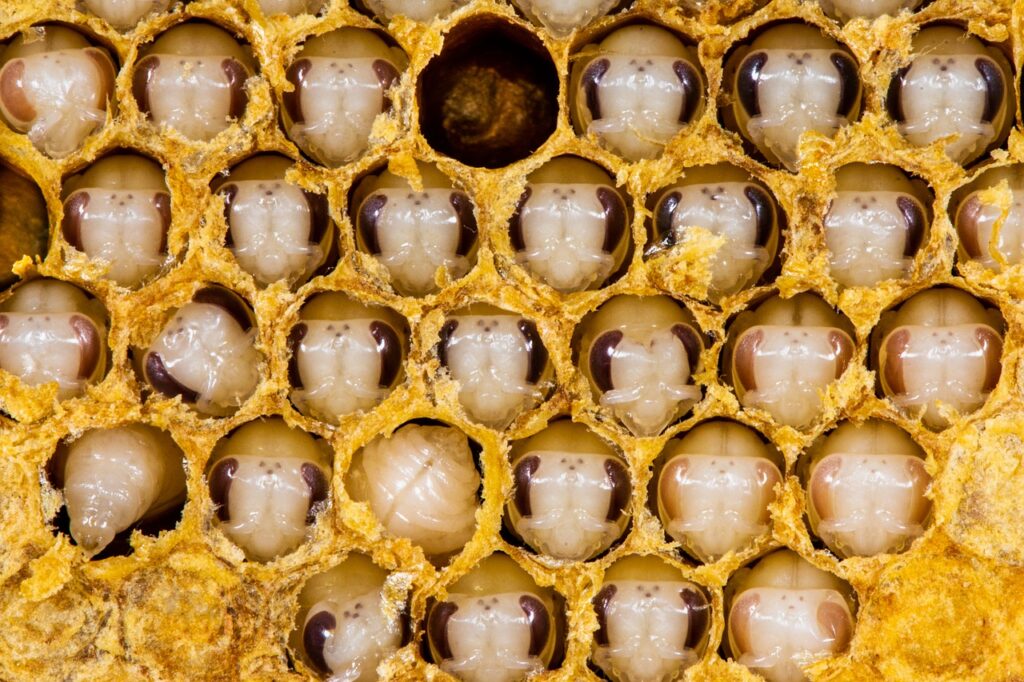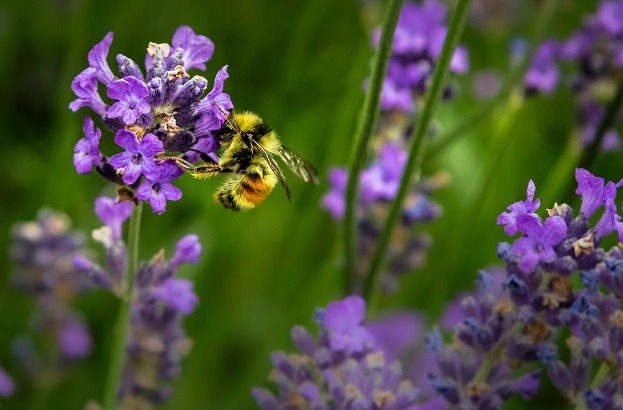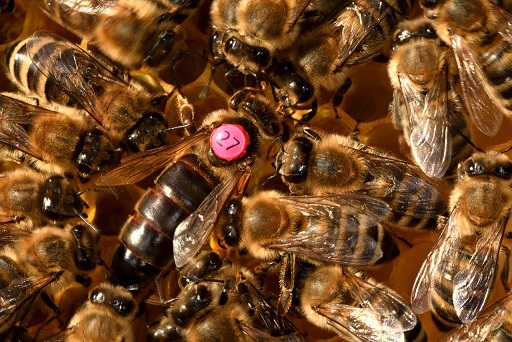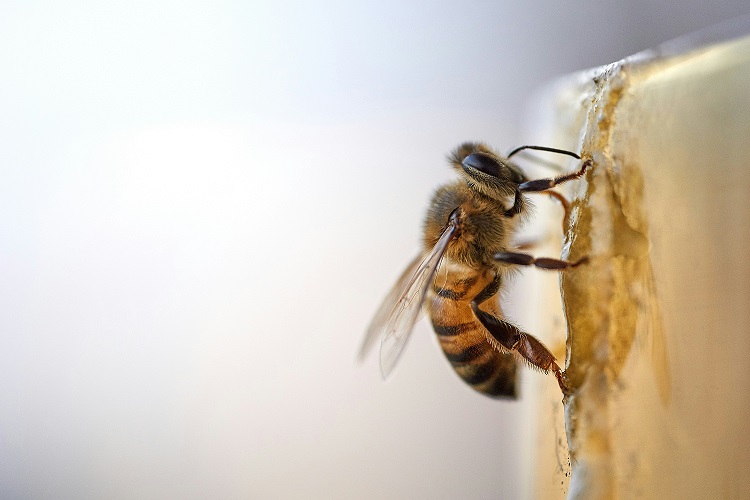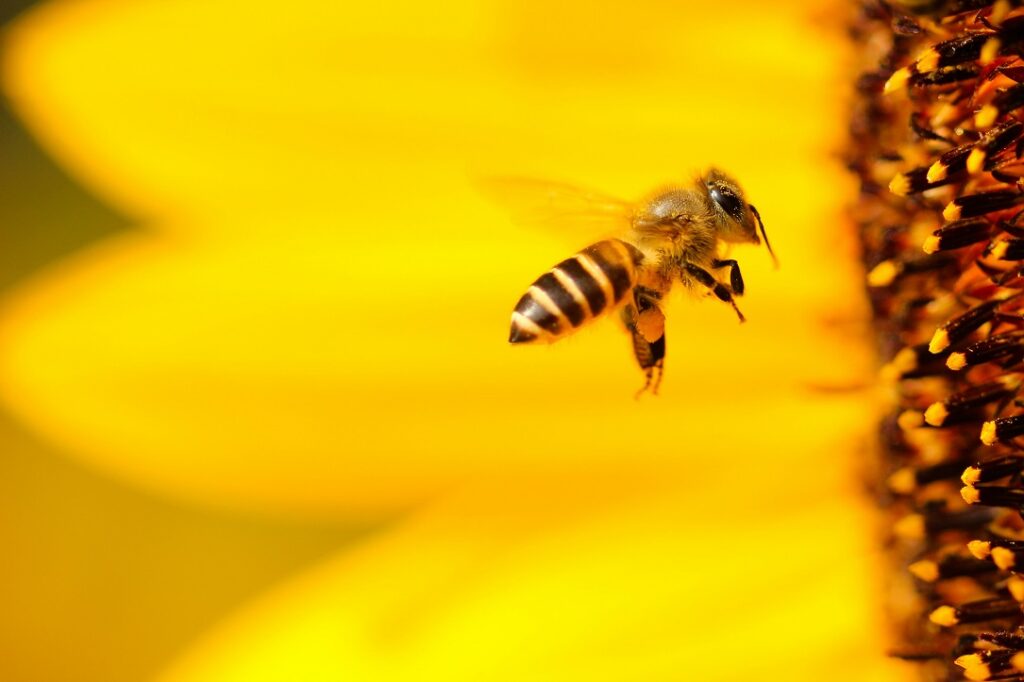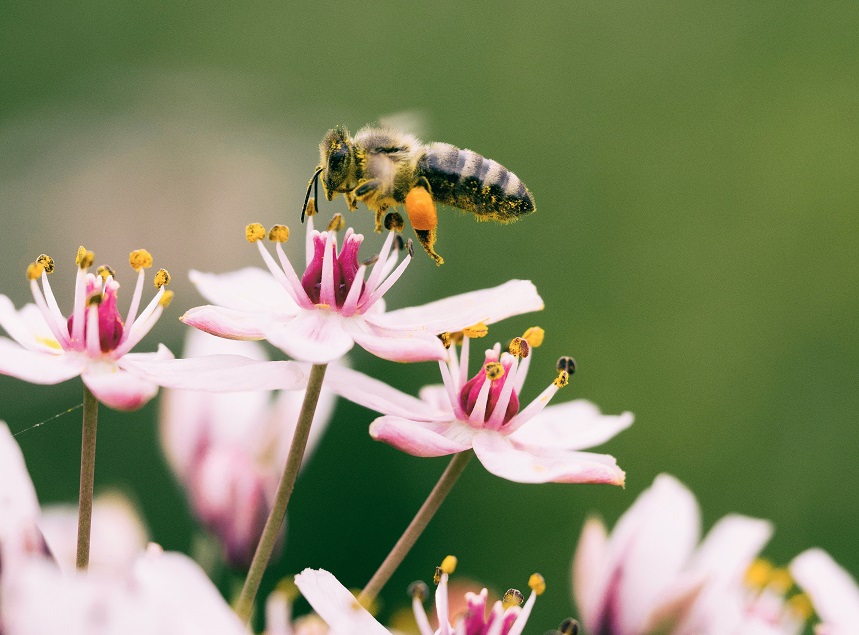Bee News
Why Bees Move Into Your home?
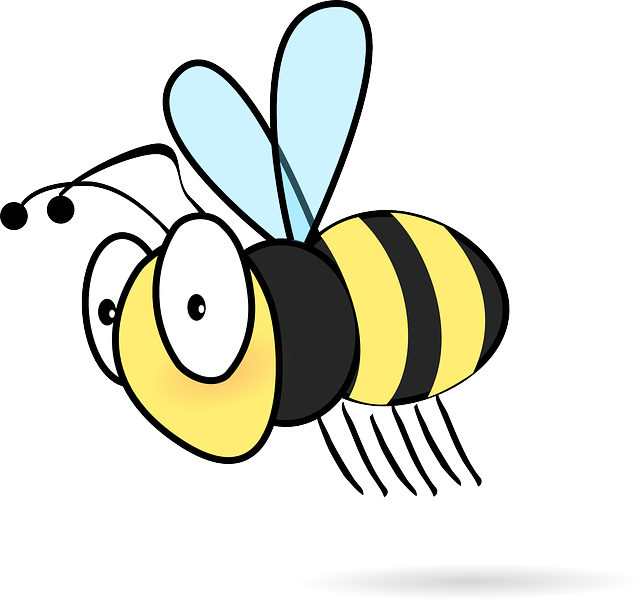


Bees may choose to build their hives in wall cavities, roof attics, irrigation boxes, hollow trees, and other enclosed spaces for a variety of reasons, including protection from predators and the elements, access to shelter, and the availability of suitable nesting sites. In urban environments, the increasing scarcity of natural habitats and the loss of traditional nesting sites may contribute to bees seeking out alternative locations to establish their colonies. Here are some reasons why bees may choose to build hives in these enclosed spaces in urban areas:
1. **Protection and Security:** Enclosed spaces such as wall cavities, roof attics, and irrigation boxes provide bees with protection from predators, extreme weather conditions, and potential disturbances. These locations offer a secure and sheltered environment where bees can safely establish their colonies and raise their brood without the risk of external threats.
2. **Insulation and Regulation:** Enclosed spaces like wall cavities and roof attics can offer insulation and regulation of temperature and humidity levels, creating a stable and suitable environment for bee colonies to thrive. Bees require a consistent and comfortable microclimate to maintain the health and vitality of their hive, making enclosed spaces with regulated conditions an attractive nesting site.
3. **Availability of Shelter:** As natural habitats and nesting sites diminish in urban areas due to development, deforestation, and landscaping practices, bees may be forced to seek out man-made structures and artificial environments to build their hives. Wall cavities, roof attics, and irrigation boxes can provide bees with readily available shelter and nesting opportunities in the absence of suitable natural options.
4. **Hollow Tree Resemblance:** Bees have a natural preference for nesting in enclosed, cavity-like structures that resemble hollow trees, which serve as ideal nesting sites in nature. Wall cavities, roof attics, and other confined spaces in urban environments may mimic the characteristics of hollow trees, attracting bees looking to establish their colonies in familiar and suitable surroundings.
5. **Adaptation to Urbanization:** The increasing urbanization and development of cities have led to the transformation of landscapes, reducing the availability of natural habitats for bees. As a result, bees have adapted to urban environments by utilizing man-made structures and human-made objects as nesting sites, demonstrating their resilience and resourcefulness in finding shelter and creating colonies in urban settings.
Overall, the choice of bees to build hives in wall cavities, roof attics, irrigation boxes, and hollow trees in urban environments reflects their ability to adapt to changing conditions, seek out suitable locations for nesting and survival, and make use of available resources to thrive in human-altered landscapes. By understanding the reasons behind bees’ nesting behaviors and habitat preferences, we can appreciate their remarkable resilience and creativity in finding ways to coexist with us in urban environments while fulfilling their essential role as pollinators and contributors to ecosystem health.
